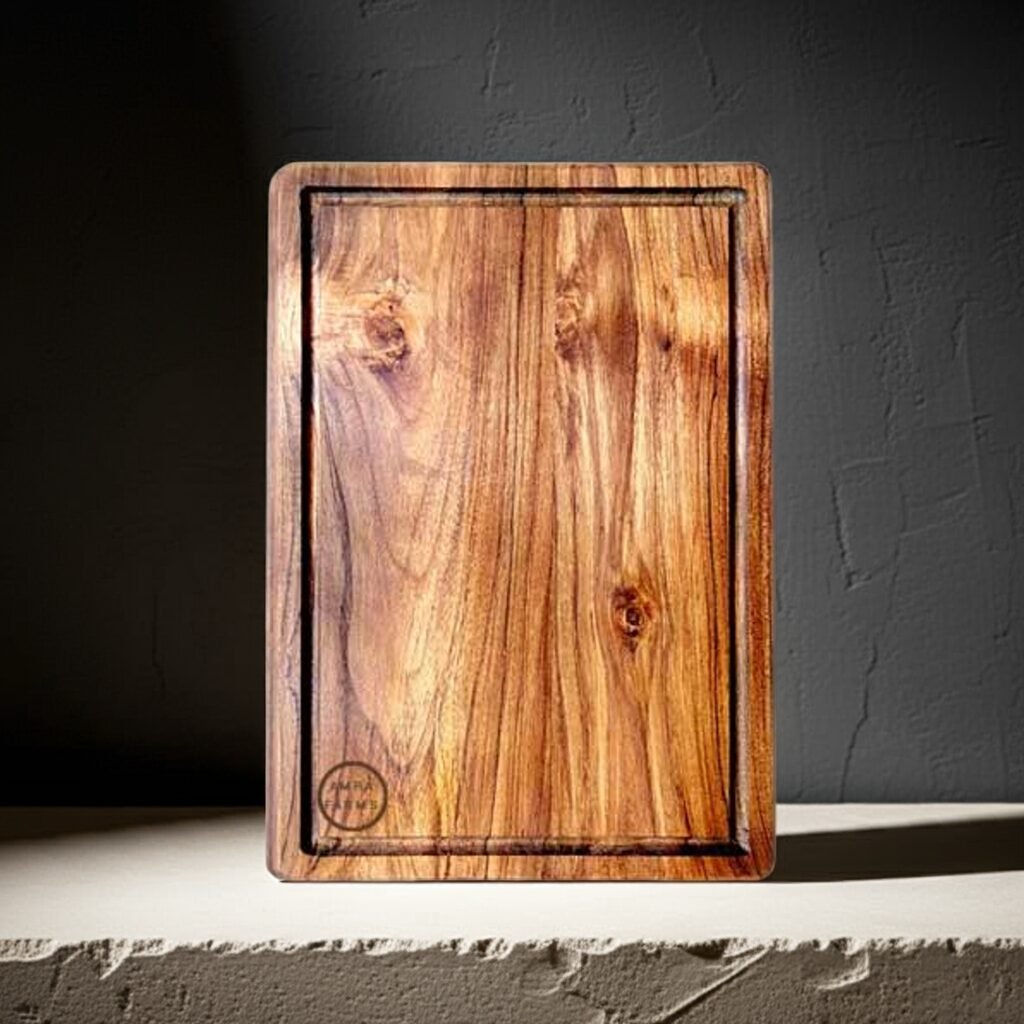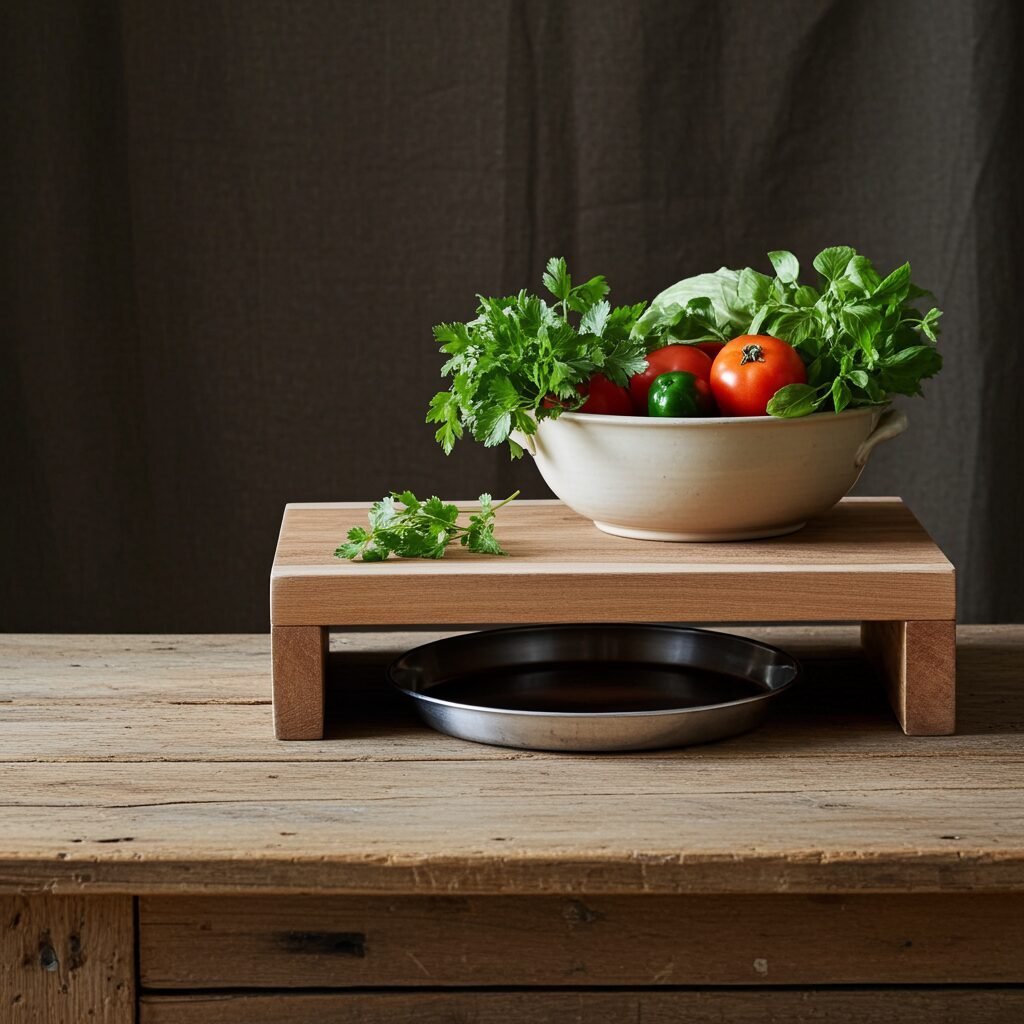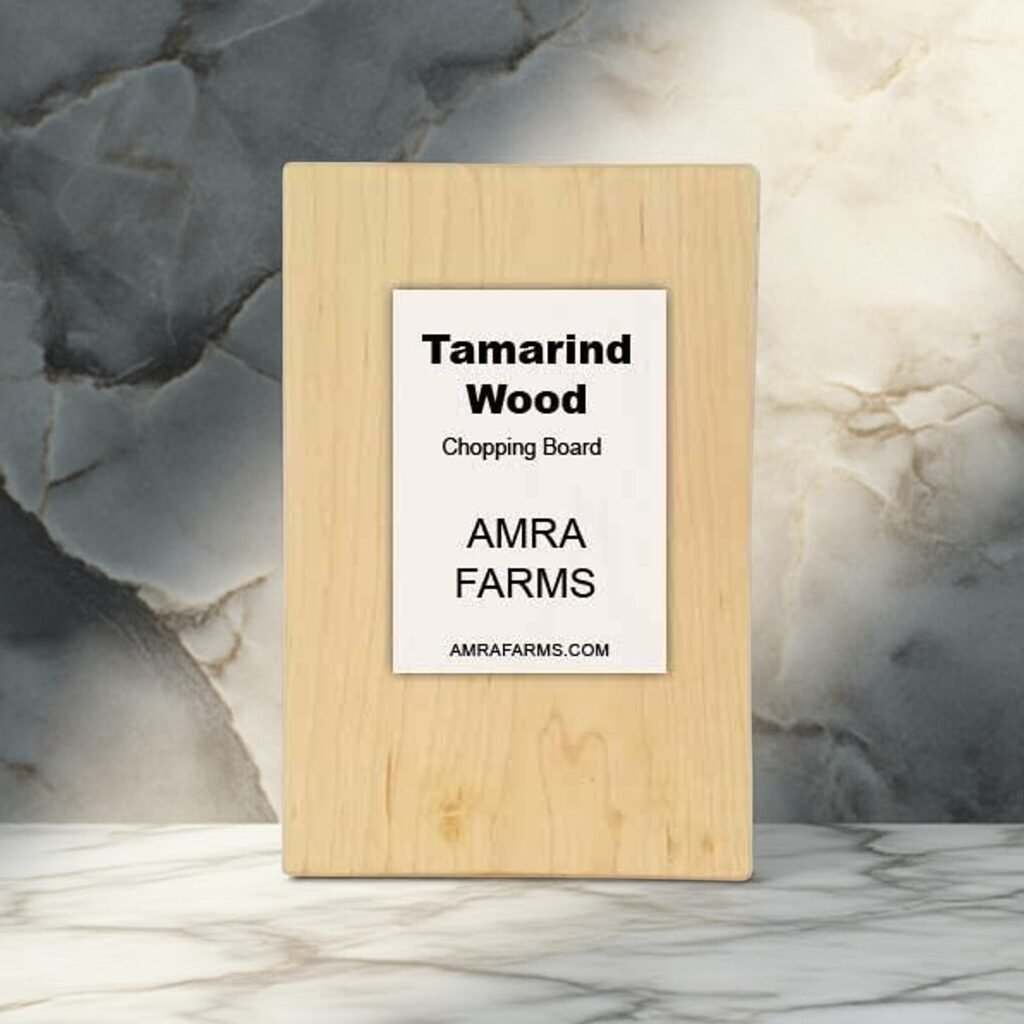Your cart is currently empty!
Why Neem Wood Chopping Boards Are the Kitchen Upgrade You Didn’t Know You Needed
Neem as a tree is known for its abundant use in Ayurveda. The health benefits of Neem are not new in India. Traditionally used to counter various diseases from annual flu to diabetes, neem is known as a wonder plant. The use of neem wood is considered therapeutic since ages. Neem oil is used in agriculture and to treat fungal disease in plants and humans. Neem comb is known to have benefits including repelling lice. Neem wood is used in furniture and yes, chopping boards too. Neem is used in various kitchen accessories including platters, ladles and soup bowls for its antibacterial property.
This article is just a sneak peek on the benefits of teak wood and why you should consider a teak wood cutting board.






What is Neem Wood?
Neem (Azadirachta indica) is referred to as the village pharmacy and originates from the Indian subcontinent. The tree is resilient, evergreen and thrives in hot arid climates. The tree is known to have a life of 100s of years and belongs to the mahogany family. It is a hardy wood with an abundance of medicinal and environmental benefits.
Neem grows quickly and reaches the height of 15-20 metres. The small flowers and olive-like fruit bring in plenty of bees and birds. But neem is popular for its wood. They are dense, durable and rich in natural oils. They also have a deep brown colour, which makes it great for furniture.
Neem is deeply intertwined with Indian culture and wellness. So when you purchase a neem wood cutting board, it’s an Indian heritage you bring into your kitchen, designed for wellness and functionality.
Benefits of a Neem Chopping Board
Antibacterial: Neem wood is naturally antibacterial and contains compounds like Nibin and Azadirachtin which prevent bacteria naturally. This is particularly beneficial to prevent cross-contamination in cutting boards.
Antifungal: The high oil content in neem prevents fungal growth and your cutting boards will not be a breeding ground for mould even in humid conditions.
Pest resistant: Termites hate neem, so do almost all insects including ants. The strong scent of neem is repelling for insects without any chemical treatment.
Gentle on knives: Neem is firm yet soft on the knives. Being knife-friendly, neem is perfect for cutting boards. It is scratch-proof, durable and strong but definitely soft on the knives.
Eco-friendly and sustainable: Neem and all wooden products are eco-friendly compared to plastic, bamboo and glass.
Durable and long-lasting: Neem wood cutting boards are known to last an easy 8 years with proper care. They are durable and quite resistant to warping and cracking if cared for.
Neem Wood vs Other Types of Chopping Boards
Neem wood is known for its antibacterial features. Compared to almost all other boards, neem has an upper hand when it comes to fighting bacteria and reducing cross-contamination.
Plastic vs Neem cutting boards
Plastic is one of the most common materials used for cutting boards. They are affordable but not durable. They last 6 months without scratch. With regular use, they develop deep knife marks which are a bacteria’s playground. Neem on the other hand is self-healing and antibacterial naturally, making it one of the safest choices.
Bamboo vs Neem cutting boards
Bamboo is a sustainable option for cutting boards and has become very popular recently. Definitely better than plastic, bamboo is durable and tough. Bamboo boards are slightly more maintenance-intensive compared to neem. When it comes to antibacterial properties, bamboo is not naturally antibacterial. They are resistant to mould and fungal growth with the right care. Bamboo is a good option, but compared to neem, they fall slightly short. In terms of price, bamboo definitely has an upper hand.
Teak vs Neem
Teak and neem both are hardwood but teak is more durable, more water-resistant and tough. When it comes to antibacterial properties, teak and neem perform equally well, especially with the high oil content in teak. In terms of price though, teak is very expensive. Neem is moderately priced. In terms of aesthetics, teak outperforms neem and often outlasts neem too in terms of longevity.
Neem is an affordable hardwood option with all the benefits you require in a cutting board. They are aesthetically pleasing and antibacterial. They perform better than plastic, bamboo and most other common hardwood including mango. They require a bit of maintenance and regular care but overall, they fall under the top 3 woods for cutting boards for its food safety features, durability and aesthetics.
How to Care for Your Neem Chopping Board
Cleaning a teak wood cutting board is the same as any other wooden cutting board and does not require anything different. Rinse your board clean immediately after use. Wash only with mild soap with warm or cold water. Do not use hot water. Pat dry with a clean towel and let it air dry in an upright position.
Do not soak your neem board in water, dry it in direct sunlight or put it in a dishwasher. Neem wood is not dishwasher safe. Use of harsh chemicals or bleach is to be avoided as it removes the natural oil from the cutting board.
Oil your cutting board once a week. Use mineral oil or coconut oil to the board once a week and leave it overnight. Wipe off excess in the morning.
Categories
Products
- Buy Wooden Vegetable Cutting Boards Online
- Wooden Kitchen Accessories Tools
- Buy Butcher Block & Meat Cutting Boards Online
- Buy Premium Edge Grain Single Block Wooden Chopping Boards Online
- Buy The Best Teak Wood Chopping Boards Online In India
- Buy Wooden Cutting Boards With Handle For Kitchen
- Mango Wood Chopping Boards
- Single Block Chopping Boards
- Tamarind Wood Chopping Boards
- Wooden Platter Boards , Pizza Platters & Charcuterie Boards
Tamarind Wood Cutting Board Teak Wood Cutting board
Recent Posts
- Unique Wooden Chopping Boards with Medicinal Benefits
- Exotic Woods of India and Its Uses
- Best Uses of Teak Wood: Common and Unique Applications That Make It the King of Hardwoods
- What to look for when purchasing a teak wood cutting board and how to identify teak wood
- Wooden chopping boards that naturally resist fungus/mould growth
